
BMW X5 Estate (2007-2013) review
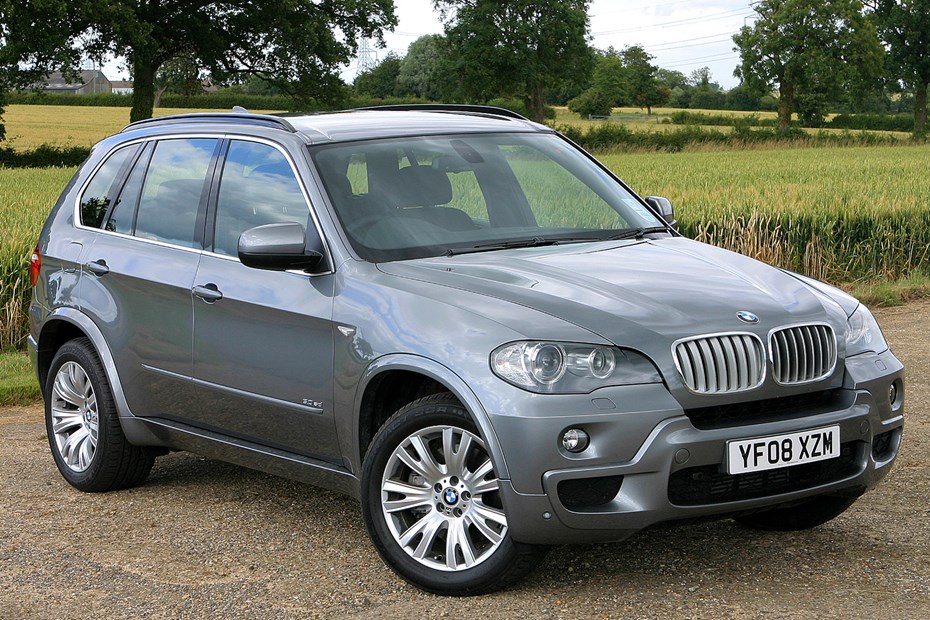
At a glance
| Price new | £39,930 - £82,735 |
|---|---|
| Used prices | £1,865 - £13,620 |
| Road tax cost | £395 - £760 |
| Insurance group | 40 - 50 |
Get an insurance quote with

|
|
| Fuel economy | Not tested to latest standards |
| Range | 374 - 711 miles |
| Number of doors | 5 |
| View full specs for a specific version | |
Available fuel types
Petrol
Diesel
Pros & cons
Upmarket image, robust build quality, comfortable and hushed on the move, seven seat option
Limited off road, cramped third row of seats, firm ride
BMW X5 (07-13) rivals
Overview
The BMW X5 can claim to have begun the trend towards large 4x4s that were meant for road use rather than frequent forays into the wilderness. And the new model launched in 2007 improves that formula further – it’s more spacious, economical and quicker than before, plus it’s better to drive too.
The big news is that it’s BMW’s first ever seven-seater (although the extra chairs are a £1,320 optional extra) making it a more practical family car. Diesel versions will be the most popular but the petrol engines have been upgraded and are now greener while all cars get a new six-speed automatic gearbox as standard. It’s not cheap and has limited off road ability, but if you can afford one you’ll be rewarded with one of the best on-road 4x4s on the market.
Image and engines
The BMW X5 was the first car to really grasp the whole SUV sector’s imagination with the first generation model and the second generation X5 has refined this to the point of near perfection. Its limited off-road ability will be of no concern to the vast majority of its owners, but the superb on-road dynamics will be a high priority for them.
As well as the fine handling, BMW offers a superb range of engines. Most buyers choose a diesel from the three available that deliver quick, quicker and quickest performance depending on your budget and tastes.
There are also two petrol V8 engines that are silky smooth and oh-so swift, but you’ll need the equivalent of a medium-sized country’s national debt to pay for the fuel.
Firm ride
One downside of the BMW X5’s focus on driver satisfaction is the ride quality is on the firm side with the standard suspension and wheels. Most owners then add M Sport suspension and larger wheels for the looks they add.
However, this further compromises the ride quality and can make the X5 just too brittle on more battered stretches of tarmac. The pay-off, though, is the brilliant handling the X5 offers that is more than enough to give the Porsche Cayenne a run for its money, as well as many executive saloons and estates. Can it take on the Porsche and win? Read the BMW X5 review to find out.



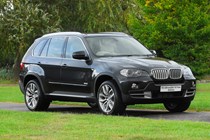
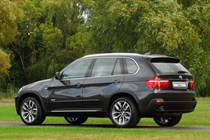
.jpg)
.jpg)
.jpg)
.jpg)
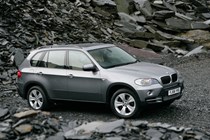
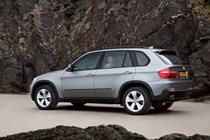
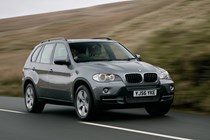
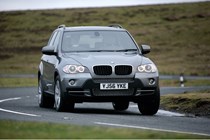
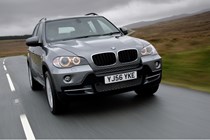
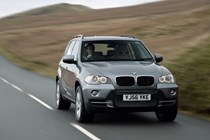
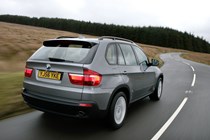
.jpg)
.jpg)
.jpg)
.jpg)
.jpg)
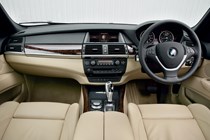
.jpg)
.jpg)
.jpg)
.jpg)
.jpg)
.jpg)
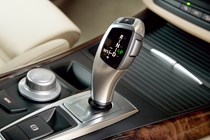
.jpg)
.jpg)
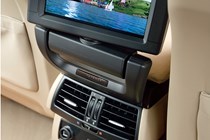
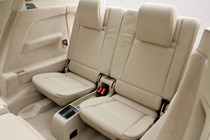
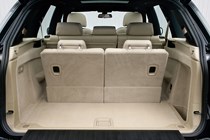
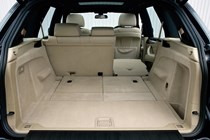
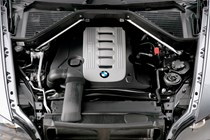
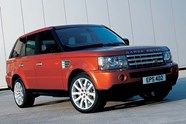





.jpg?quality=50)
.jpg?quality=50)
.jpg?quality=50)
.jpg?quality=50)







.jpg?quality=50)
.jpg?quality=50)
.jpg?quality=50)
.jpg?quality=50)
.jpg?quality=50)

.jpg?quality=50)
.jpg?quality=50)
.jpg?quality=50)
.jpg?quality=50)
.jpg?quality=50)
.jpg?quality=50)

.jpg?quality=50)
.jpg?quality=50)




